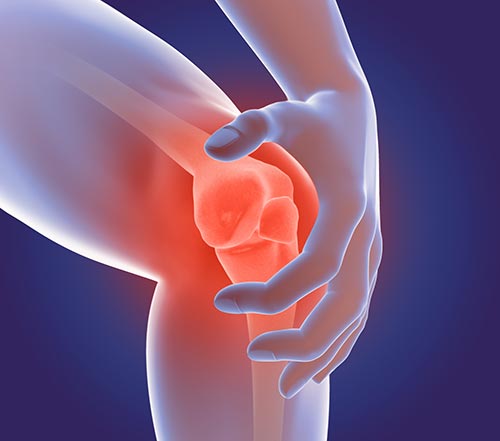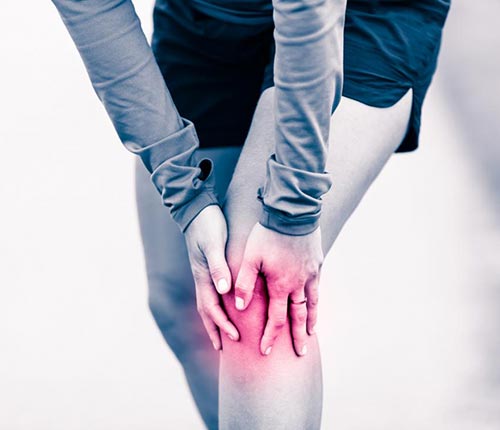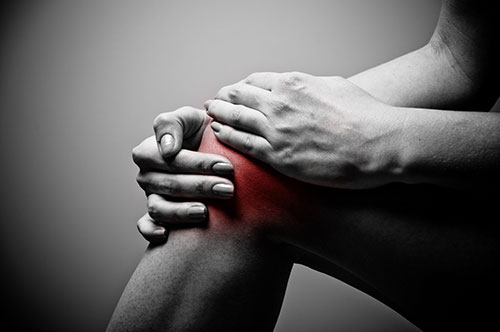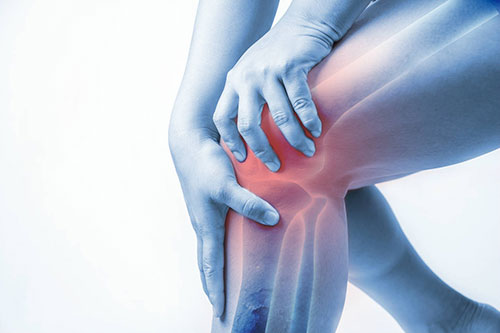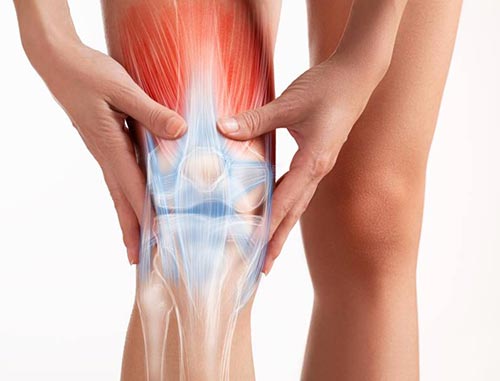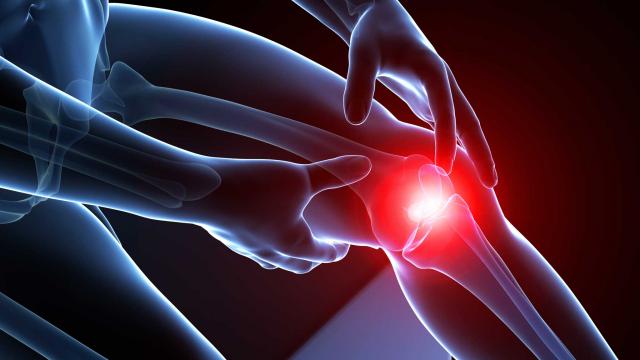Cranky Knees
We know how challenging it is to get through the day when dealing with knee pain. Simple movements like getting in a car, climbing steps or squatting down to tie your shoes become problematic. Symptoms present in a variety of ways:
- Swelling and stiffness.
- Constant ache when standing too long.
- Sharp pain when pivoting.
- Weakness or instability going down stairs.
- Unable to kneel or squat to pick something up.
The main types of knee pain
Fine tuning the mechanics
We have successfully treated hundreds of knees by simple correcting the mechanics of the hip and foot. This will eliminate excess stress on the knee structures. This is true in almost 100% of conditions whether its recovering from knee surgery, sports injury, or degenerative changes that occur over time.
Calm Tissues Down, Build em back up
After evaluating hundreds of knees over the past 20 years, we have been able to provide our patients with an individualized recovery plan by following a very simple formula: “Calm it down then build it back up”. This is done by following 4 progressive steps:
1
Protect
Don’t try to push through pain.
Apply over the counter knee brace, compression sleeve, KT tape.
2
Correct
Don’t stay in one position longer than 20 minutes.
Gentle use massage stick to the upper thigh and calf.
3
Activate & Load
Squeeze your upper thigh muscle above you knees for 30 seconds.
take a 15 minute walk 2x day.
4
Physical therapy
Climbing with confidence
Your knee joints were designed to be loaded and weight bear. Knee stability and strength with improve over a few weeks after following our proven step by step recovery strategies. After a few visits, you will gain confidence to squat lower, climb stairs, and even kneel with less pain. Hiking, jogging, and working out will soon be part of your weekly routine again.

